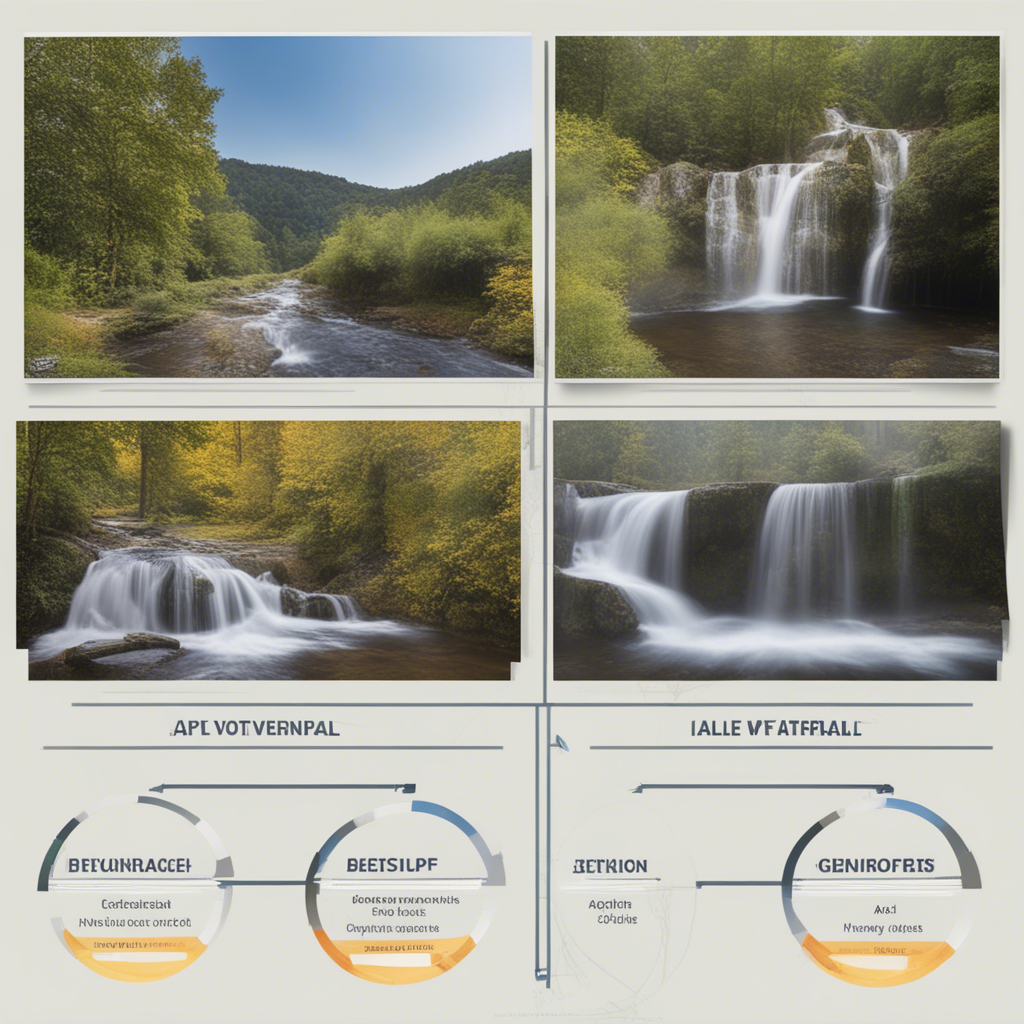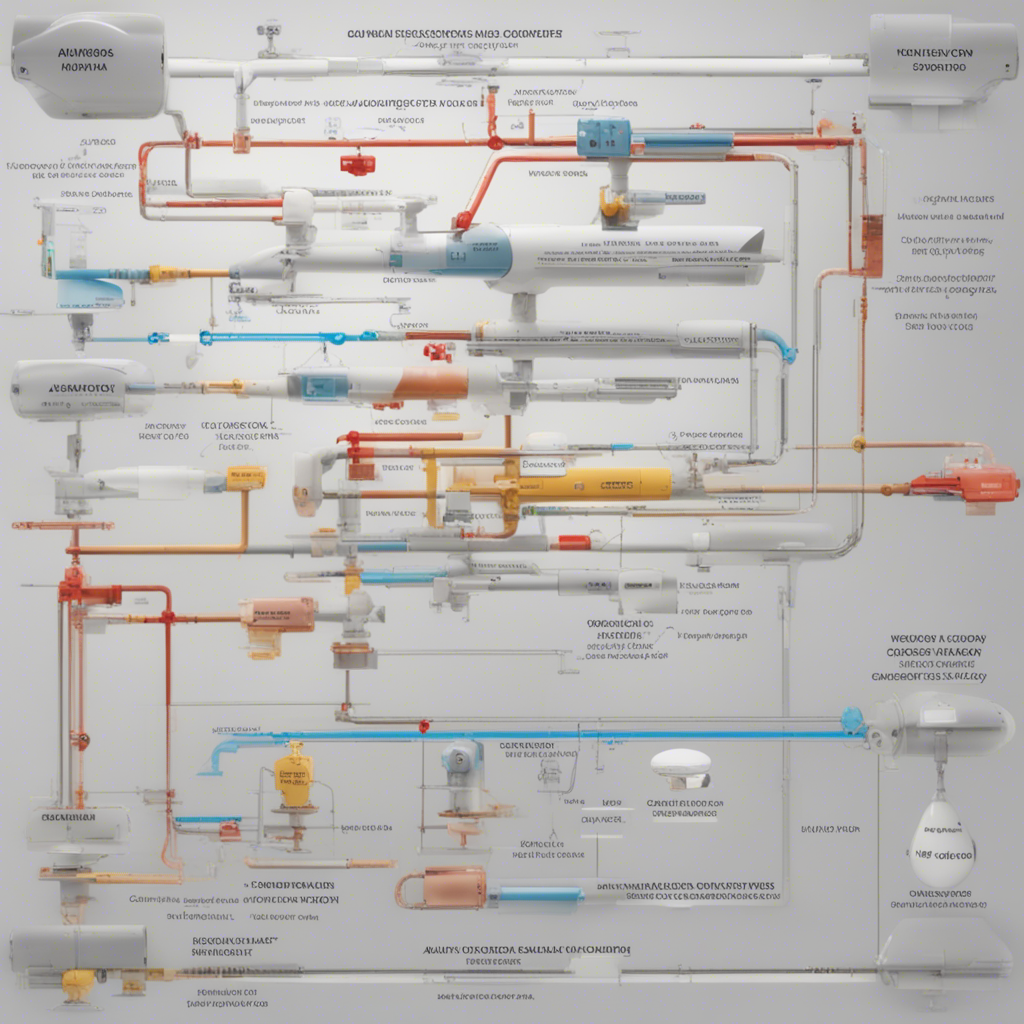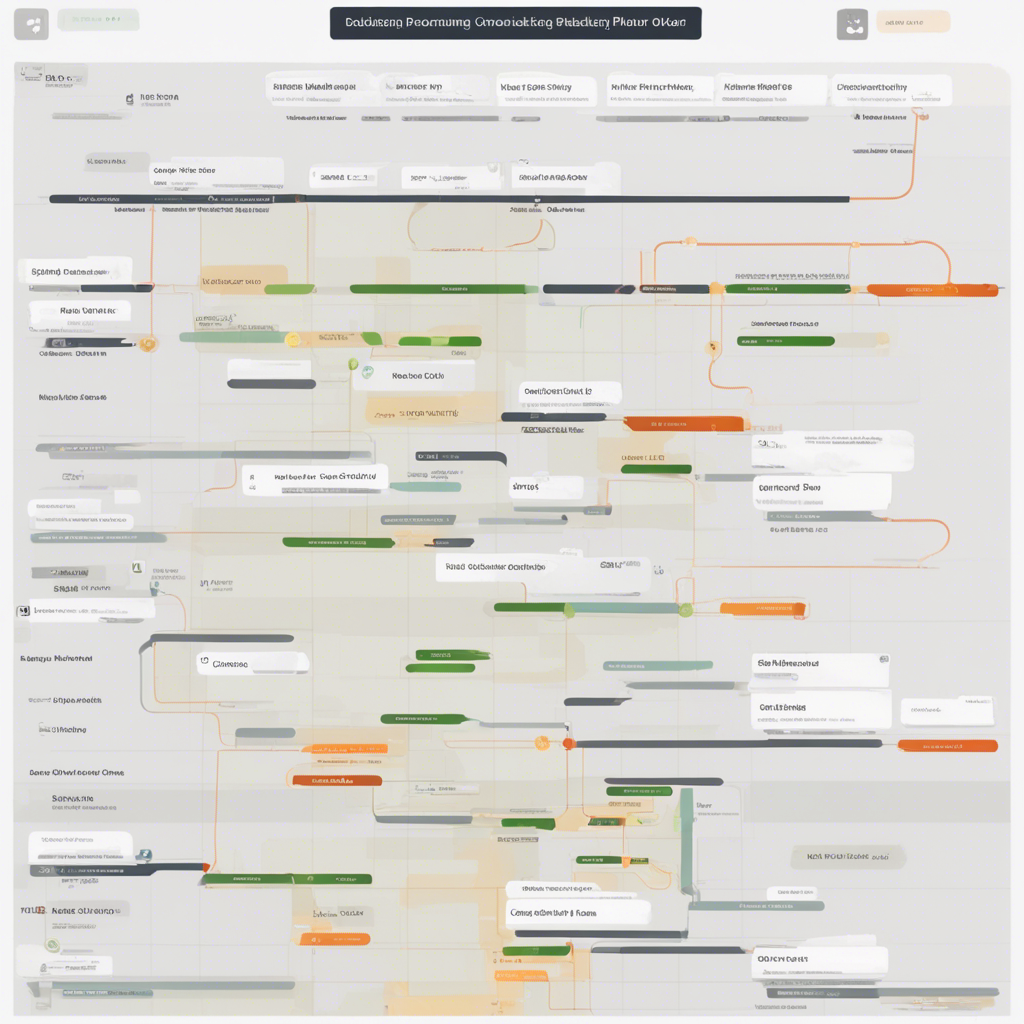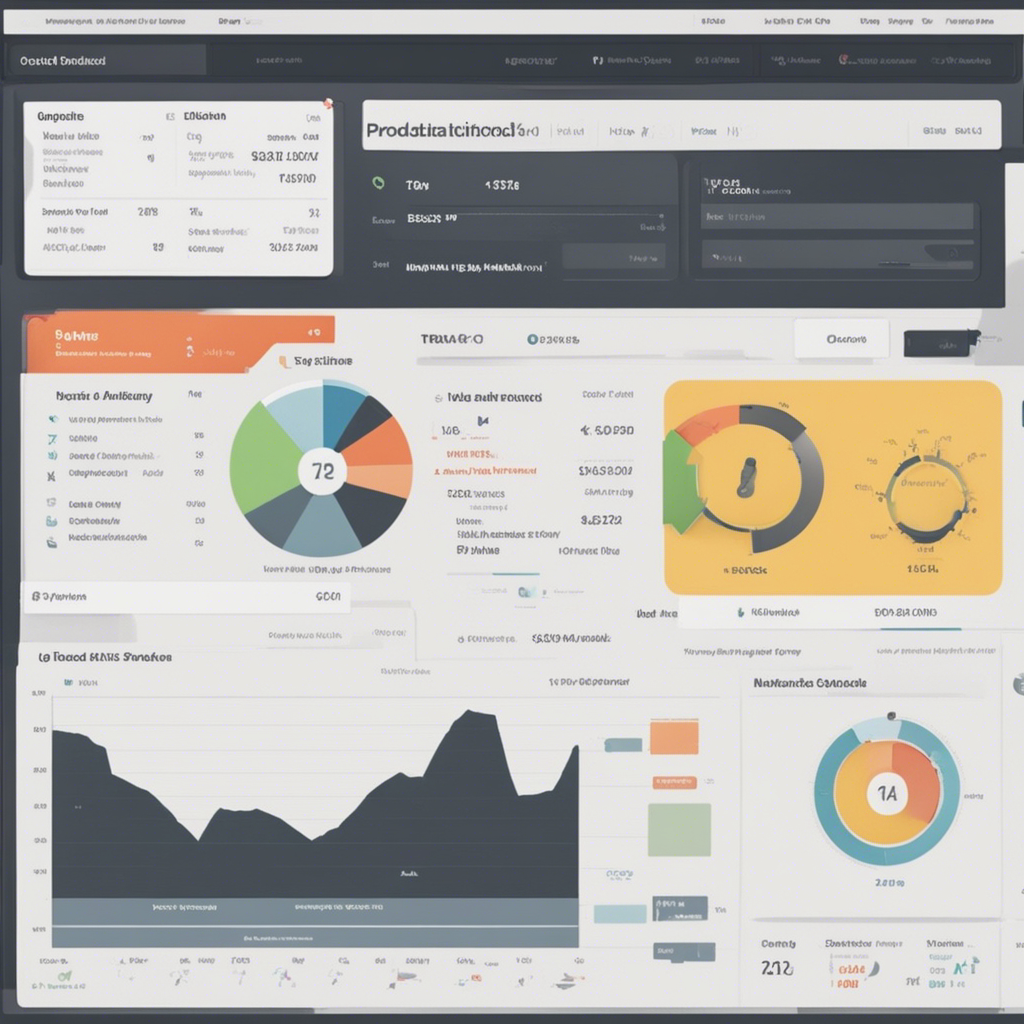
Agile vs Waterfall: Choosing the Right Approach
When it comes to managing complex projects, choosing the right approach can make a significant difference in the project’s success. Two popular methodologies that have emerged in software development and project management are Agile and Waterfall. Each of these approaches has its own distinctive characteristics, benefits, and drawbacks. In this blog post, we’ll explore the differences between Agile and Waterfall and provide insights into when you might choose one over the other.
Understanding Waterfall
The Waterfall methodology is a traditional sequential approach that follows a linear progression from start to finish. It emphasizes thorough upfront planning and documentation. The key stages in the Waterfall approach include requirements gathering, design, implementation, verification, and maintenance. Once a stage is complete, it’s difficult to make changes without having to revisit earlier stages. This rigidity is both a strength and a weakness of the Waterfall model.
One of the main advantages of Waterfall is its straightforward and logical structure. It’s an ideal approach for projects with well-defined and stable requirements, especially when all the project dependencies are known in advance. The emphasis on comprehensive upfront planning and documentation ensures clarity and accountability throughout the project lifecycle.
The Advantages of Agile
Agile, on the other hand, is an iterative and incremental approach that emphasizes flexibility and adaptability. It focuses on delivering value to the customer through collaboration, continuous improvement, and early feedback. Unlike Waterfall, Agile breaks the project down into smaller, manageable chunks called sprints or iterations. These iterations typically last two to four weeks and involve cross-functional teams working together.
One of the key benefits of Agile is its ability to respond quickly to changing requirements. By working in short iterations and regularly reviewing progress, Agile teams can adjust course and reprioritize work based on customer feedback and emerging needs. The continuous feedback loop ensures that the project is aligned with the customer’s expectations and delivers maximum value.
Comparing the Two Approaches
Now that we’ve explored the basic principles of both Agile and Waterfall, let’s dive deeper into the key differences between the two approaches:
1. Flexibility vs Predictability
Agile offers remarkable flexibility by allowing changes and adjustments throughout the project. This is especially valuable when requirements are not well-defined or likely to change. Waterfall, on the other hand, offers predictability and clear milestones, making it suitable for projects with stable and well-understood requirements.
2. Documentation vs Collaboration
Waterfall places a heavy emphasis on detailed upfront documentation, which can be beneficial for complex projects that require comprehensive planning. Agile, in contrast, prioritizes collaboration and face-to-face communication, reducing the amount of extensive documentation required.
3. Delivery Time vs Quality
Agile promotes faster delivery by breaking the project down into smaller increments. This allows for rapid prototyping and early validation, resulting in quicker time-to-market. Waterfall, however, focuses on ensuring quality through rigorous testing and a sequential approach. The development of each phase is completed before moving on to the next, maintaining a strong emphasis on quality control.
4. Transparency vs Control
Agile provides more transparency and visibility into the project’s progress through regular reviews and retrospectives. This allows stakeholders to actively participate, provide feedback, and make informed decisions. Waterfall, meanwhile, offers more control and predictability due to its structured and rigid nature.
Choosing the Right Approach
Now that we understand the key differences between Agile and Waterfall, how do we decide on the most appropriate approach for our projects? Here are a few considerations:
-
Project Requirements: If the requirements are well-defined and stable, Waterfall can be a reliable choice. However, if the requirements are likely to evolve or there is a need for flexibility and adaptability, Agile may be the way to go.
-
Customer Collaboration: If customer engagement and feedback are crucial, Agile’s iterative approach ensures regular interaction and involvement. Waterfall may be more suitable if customer involvement is minimal or if there are strict contractual obligations.
-
Project Size and Complexity: Agile is better suited for large complex projects where the requirements may not be fully understood upfront. Waterfall, with its sequential and document-driven nature, works well for smaller, well-defined projects.
-
Team Skills and Experience: The expertise and experience of your team members should also influence your decision. Agile methodologies require a high level of collaboration and self-organization, whereas Waterfall may suit teams that prefer a more linear and structured approach.
In reality, project management approaches are not necessarily mutually exclusive. Some organizations adopt a hybrid approach, combining the best of both Agile and Waterfall methodologies to suit their specific needs. This emphasizes the importance of tailoring the project management approach to fit the unique circumstances of each project.
Conclusion
Choosing the right approach between Agile and Waterfall entails understanding the unique characteristics, benefits, and drawbacks of each. While Waterfall emphasizes predictability and upfront planning, Agile provides flexibility, adaptability, and customer collaboration. The decision ultimately depends on factors like project requirements, customer involvement, project size, complexity, and team skills. By carefully considering these elements, you can make an informed decision that ensures the project’s success.
Remember, the choice between Agile and Waterfall is not a binary one. Hybrid approaches can provide a solution that caters to the specific needs of your project. So, take the time to evaluate and select the approach that best fits your unique circumstances.
Disclaimer: The information provided in this blog post is based on industry best practices and general knowledge. It is always recommended to consult with industry experts and project stakeholders to determine the most suitable approach for your specific project.
References:
- Larman, C., & Vodde, B. (2016). Large-scale scrum: More with LeSS. Pearson Education.
- Highsmith, J. (2002). Agile software development ecosystem. Addison-Wesley Longman Publishing Co., Inc.






